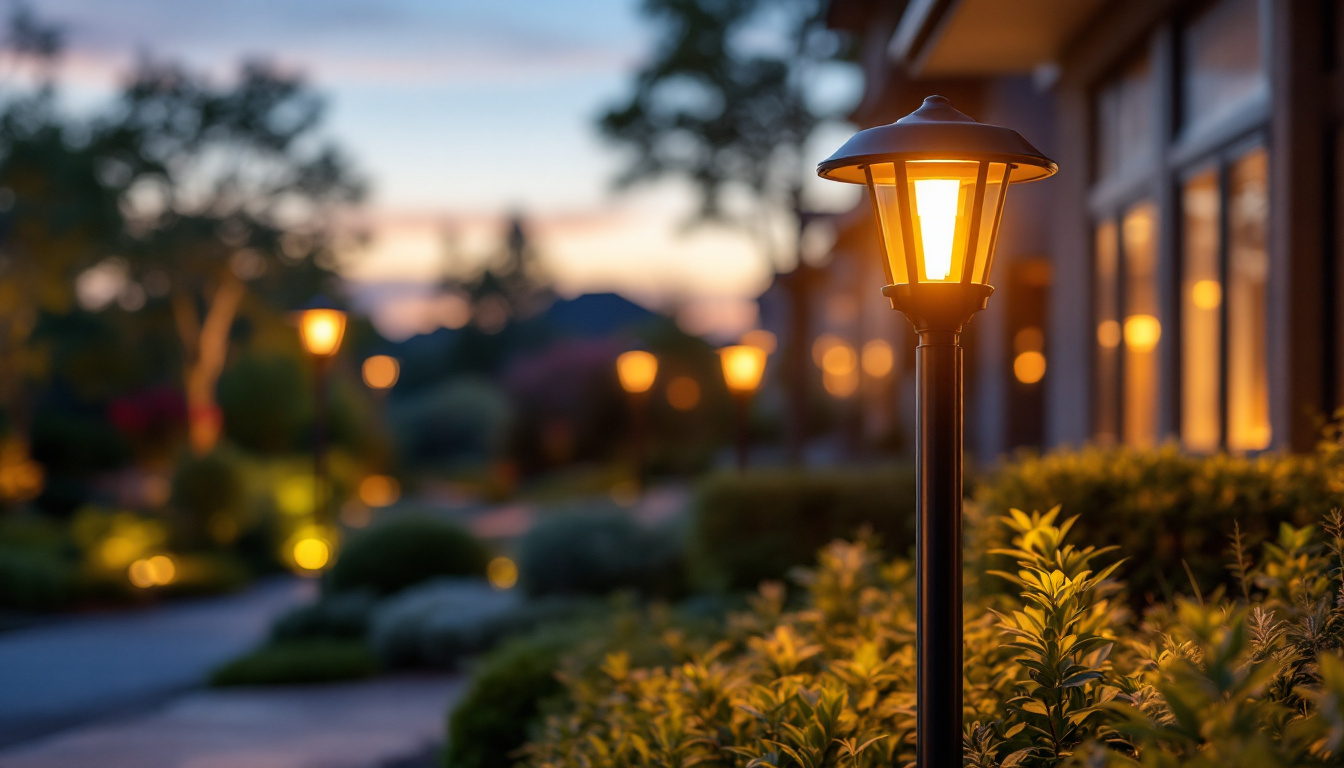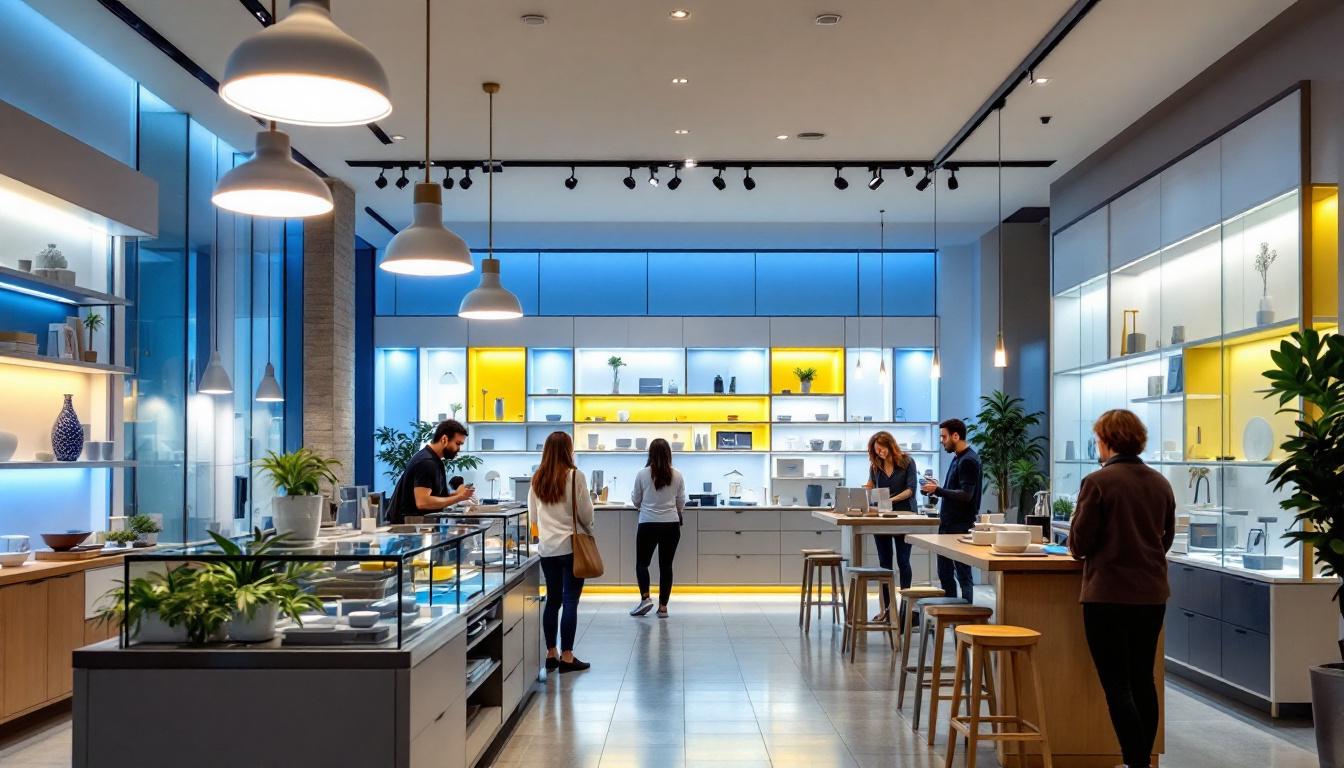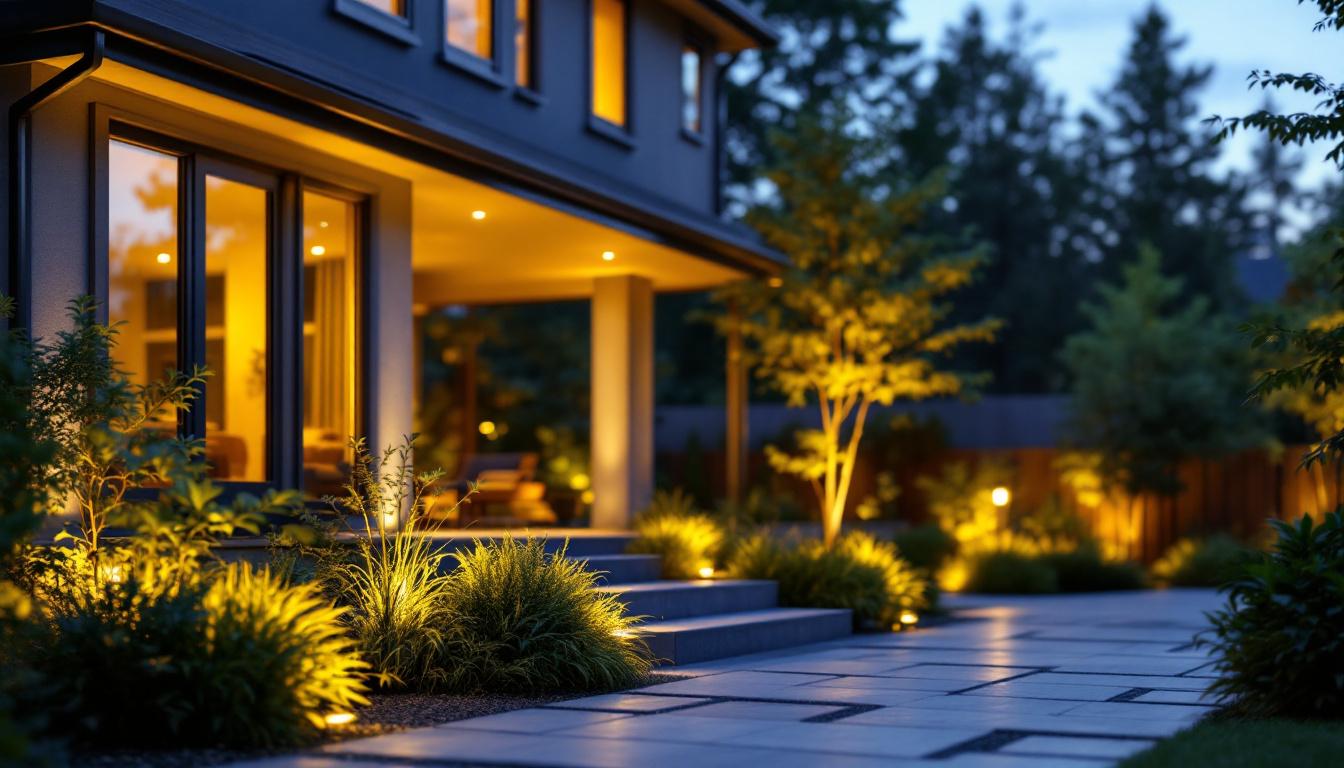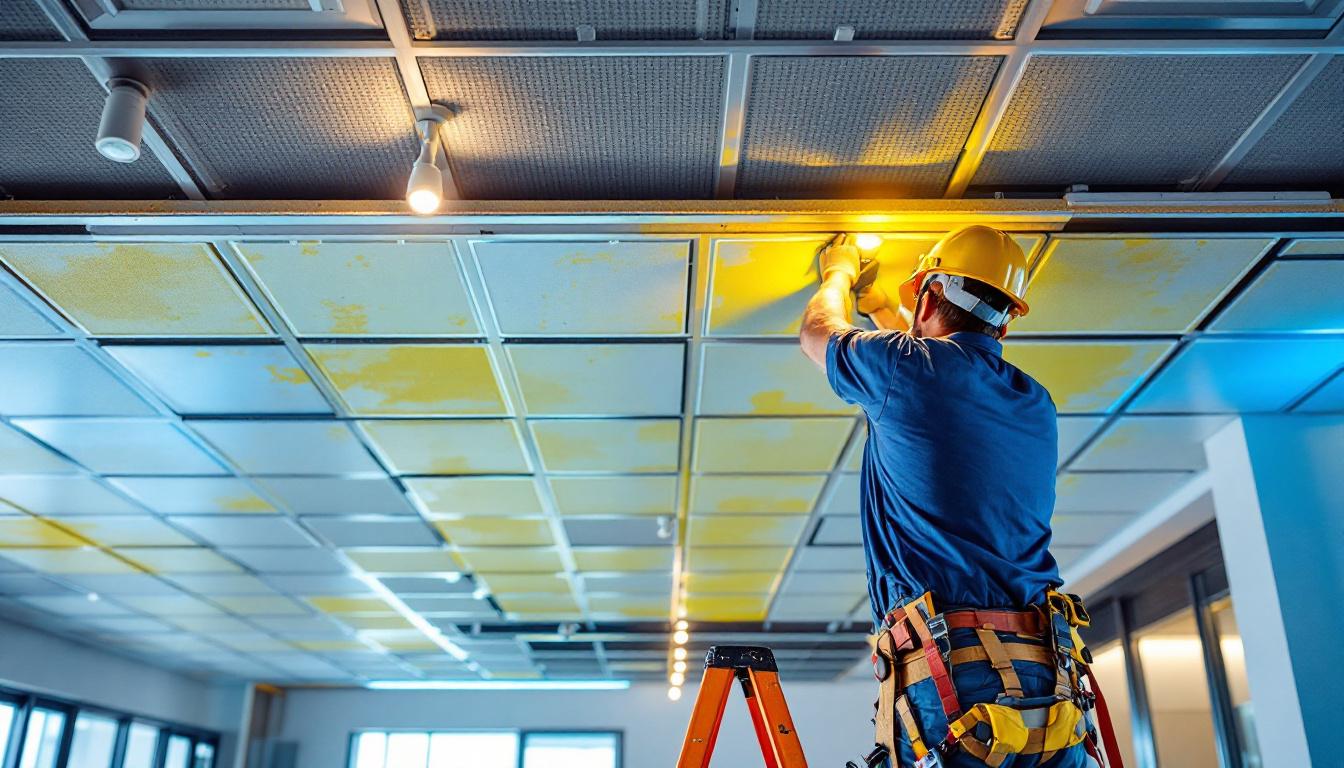
Lighting plays a crucial role in the ambiance and functionality of a restaurant. For lighting contractors, understanding the specific needs and preferences of restaurant owners is essential. This article addresses common questions that lighting contractors may encounter when working with restaurants, providing insights into effective lighting solutions that enhance both aesthetics and practicality.
Lighting in a restaurant is not merely a functional necessity; it is a vital component of the dining experience. The right lighting can create an inviting atmosphere, highlight architectural features, and influence diners’ moods and behaviors. Contractors must be aware of how different lighting styles and intensities can impact the overall environment. For instance, a well-lit entrance can draw customers in, while dimly lit corners can create a sense of privacy for intimate gatherings. The interplay of light and shadow can also evoke a sense of drama, transforming an ordinary meal into an extraordinary experience.
Research shows that lighting can significantly influence customer satisfaction. Soft, warm lighting can create a cozy and intimate setting, encouraging patrons to linger longer and order more. Conversely, bright, harsh lighting may lead to a hurried dining experience, pushing customers to finish their meals quickly. Contractors should consider the type of cuisine and the desired atmosphere when recommending lighting solutions. For example, a romantic Italian restaurant may benefit from candle-like fixtures that emit a warm glow, while a vibrant sushi bar might opt for brighter, more dynamic lighting to reflect its energetic vibe. Additionally, the color temperature of the lighting can play a crucial role; warmer tones can enhance the perception of food, making it appear more appetizing and inviting.
There are several types of lighting that contractors should consider for restaurants, including ambient, task, and accent lighting. Ambient lighting provides overall illumination, while task lighting focuses on specific areas, such as tables or kitchen workspaces. Accent lighting can be used to highlight artwork or architectural features, adding depth and interest to the space. A well-balanced combination of these lighting types can enhance both functionality and aesthetics. Furthermore, the use of dimmable fixtures allows for versatility, enabling restaurants to adjust the lighting according to the time of day or the type of event. For instance, a lively brunch crowd may benefit from brighter, more energizing light, while evening diners might appreciate a softer, more romantic ambiance. Incorporating smart lighting technology can also allow for dynamic changes throughout the day, ensuring that the atmosphere aligns perfectly with the restaurant’s evolving vibe and customer needs.
Selecting the appropriate lighting fixtures is a critical step in any restaurant lighting project. The choice of fixtures can affect not only the look of the restaurant but also its energy efficiency and maintenance requirements. The right lighting can enhance the dining experience, setting the mood and highlighting key design elements within the space.
Several factors should guide the selection of lighting fixtures, including the restaurant’s theme, size, and layout. For example, a fine dining establishment may benefit from elegant chandeliers, while a casual eatery might opt for industrial-style pendant lights. Additionally, energy efficiency should be a priority, as LED fixtures can significantly reduce energy costs and maintenance needs. It’s also important to consider the color temperature of the bulbs; warmer tones can create a cozy atmosphere, while cooler tones may be more suitable for a modern, sleek design. Furthermore, the durability of the fixtures should not be overlooked, especially in high-traffic areas where they may be subject to wear and tear.
Proper lighting distribution is essential for creating a balanced and inviting atmosphere. Contractors should consider the layout of the restaurant, including seating arrangements and architectural features, when planning lighting placement. Using a combination of different types of lighting can help achieve even distribution and prevent harsh shadows or overly bright spots. For instance, ambient lighting can provide overall illumination, while task lighting can be focused on specific areas like the bar or kitchen. Accent lighting can also be employed to highlight artwork or architectural details, adding depth and interest to the space. Additionally, dimmable fixtures can offer flexibility, allowing the restaurant to adjust the lighting according to the time of day or the mood they wish to create, enhancing the overall dining experience.
As sustainability becomes increasingly important in the restaurant industry, lighting contractors must be equipped to provide energy-efficient solutions. This not only helps reduce operational costs but also aligns with the growing consumer demand for environmentally responsible practices. With the rise of eco-conscious consumers, restaurants that prioritize sustainability in their operations can enhance their brand image and attract a loyal customer base. This shift towards greener practices often translates to a competitive advantage in a crowded market.
LED lighting has emerged as a leading choice for restaurants due to its numerous benefits. LEDs consume significantly less energy than traditional incandescent or fluorescent bulbs, leading to lower electricity bills. They also have a longer lifespan, reducing the frequency of replacements and maintenance. Additionally, LEDs are available in a variety of color temperatures, allowing contractors to create the desired ambiance without sacrificing efficiency. Beyond their practical advantages, LED lights emit less heat, which can help maintain a comfortable environment for both staff and diners, particularly in kitchens and dining areas where temperature control is crucial.
Smart lighting solutions offer restaurants the ability to control their lighting remotely, adjust brightness levels, and even change colors based on the time of day or specific events. This flexibility can enhance the dining experience and contribute to energy savings. Contractors should explore options for integrating smart technology into their lighting designs, making it easier for restaurant owners to manage their lighting systems effectively. Furthermore, these systems can be programmed to automatically adjust based on occupancy, ensuring lights are only on when needed, which not only conserves energy but also extends the lifespan of the lighting fixtures. The integration of smart sensors can also provide valuable data on energy usage patterns, enabling restaurant owners to make informed decisions about their energy consumption and further optimize their sustainability efforts.
When working in the restaurant sector, compliance with safety regulations and building codes is paramount. Lighting contractors must be aware of these requirements to ensure that their installations are safe and legal.
Key safety regulations often include guidelines for electrical installations, emergency lighting, and accessibility. Contractors should familiarize themselves with local codes and standards to ensure that their work meets all necessary requirements. This may involve collaborating with local authorities or consulting resources that provide information on compliance.
Emergency lighting is a critical component of any restaurant’s safety plan. Contractors should ensure that emergency exit signs and backup lighting are strategically placed and fully operational. Regular testing and maintenance of these systems are essential to guarantee their effectiveness in case of an emergency.
Each restaurant has its unique style and concept, which should be reflected in the lighting design. Contractors must adapt their approaches based on the specific needs and aesthetics of different types of restaurants.
Fine dining establishments typically require a more sophisticated lighting design, often featuring dimmable fixtures and elegant chandeliers to create an intimate atmosphere. In contrast, casual dining venues may prioritize functional and versatile lighting that accommodates a lively environment. Understanding the nuances of each style can help contractors deliver tailored solutions that meet the restaurant’s vision.
With the rise of outdoor dining, especially in urban areas, contractors should consider how to effectively light these spaces. Outdoor lighting must be durable and weather-resistant while providing adequate illumination for safety and ambiance. Options such as string lights, lanterns, and in-ground fixtures can enhance the outdoor dining experience while ensuring visibility and comfort.
Once the lighting system is installed, ongoing maintenance is crucial to ensure its longevity and performance. Contractors should provide guidance to restaurant owners on how to care for their lighting systems effectively.
Regular maintenance practices include cleaning fixtures, checking for burnt-out bulbs, and ensuring that dimmers and smart systems are functioning correctly. Contractors can offer maintenance packages or schedules to help restaurant owners stay on top of these tasks, ultimately prolonging the life of their lighting systems.
As technology evolves, restaurant lighting needs may change. Contractors should encourage clients to consider future upgrades when designing their systems. This could involve selecting fixtures that are compatible with newer technologies or designing layouts that allow for easy modifications. By planning for the future, contractors can help restaurants remain adaptable and efficient.
Lighting contractors play a vital role in shaping the atmosphere and functionality of restaurants. By understanding the common questions and concerns that arise in this sector, contractors can provide tailored solutions that enhance the dining experience. From selecting the right fixtures to ensuring compliance with safety regulations, each aspect of restaurant lighting requires careful consideration and expertise. As the industry continues to evolve, staying informed about the latest trends and technologies will be essential for lighting contractors aiming to deliver exceptional results.
In summary, the relationship between lighting and restaurant success cannot be overstated. By addressing these common questions and providing thoughtful, innovative solutions, lighting contractors can contribute significantly to the overall success and appeal of dining establishments.
Ready to elevate your restaurant lighting projects with superior quality and unbeatable value? At LumenWholesale, we specialize in providing lighting contractors with spec-grade lighting products that blend quality, affordability, and convenience. Say goodbye to inflated markups and hello to our extensive selection of reliable, high-performance lighting solutions. With free shipping on bulk orders, you can trust that you’re getting the best value for your investment. Enhance your next project by choosing Wholesale Lighting at the Best Value with LumenWholesale.

Discover the essential best practices lighting contractors use to enhance outdoor spaces with expertly designed lighting posts.

Discover the growing importance of LED lighting in the industry, its benefits like energy savings and sustainability, and how it’s transforming illumination—learn more now!.

Explore how backyard flood lights are revolutionizing the lighting industry, offering new opportunities and challenges for contractors.

Discover the true cost for a drop ceiling and expert tips for lighting contractors.